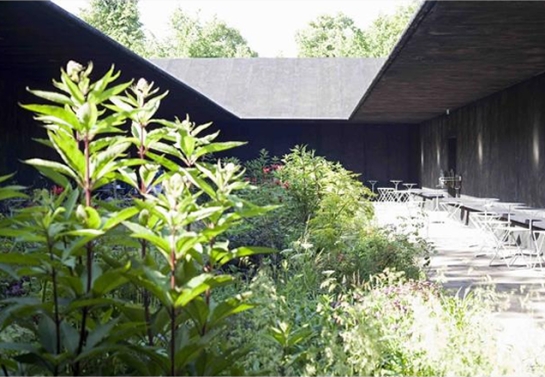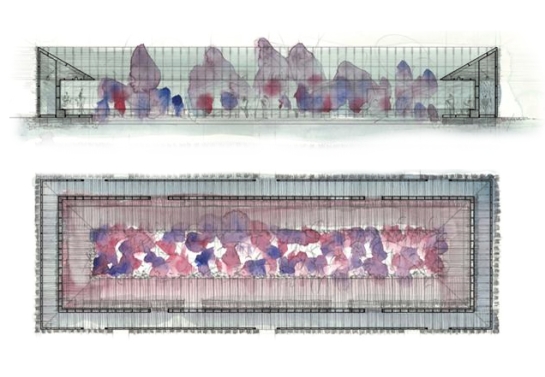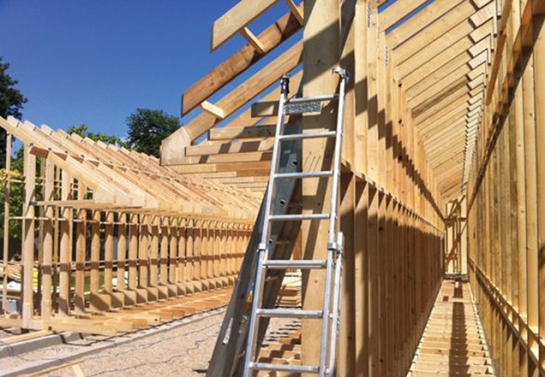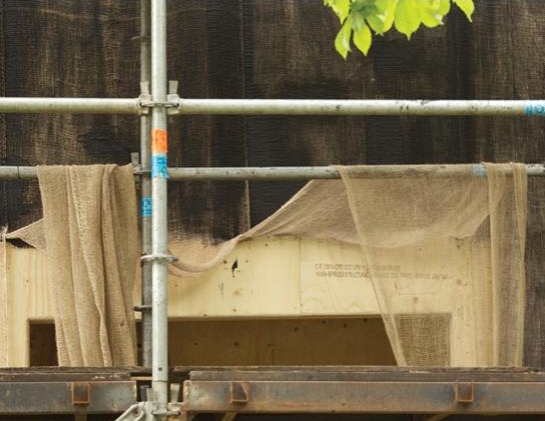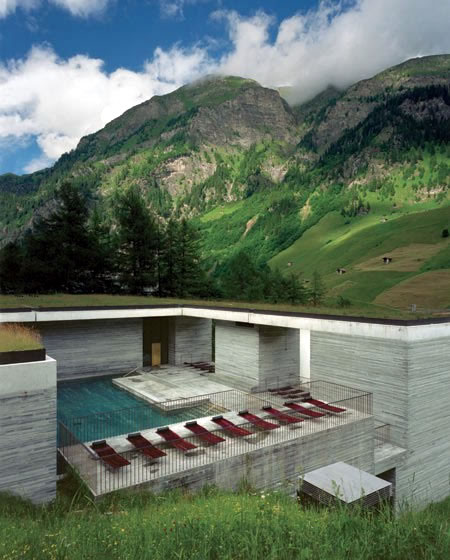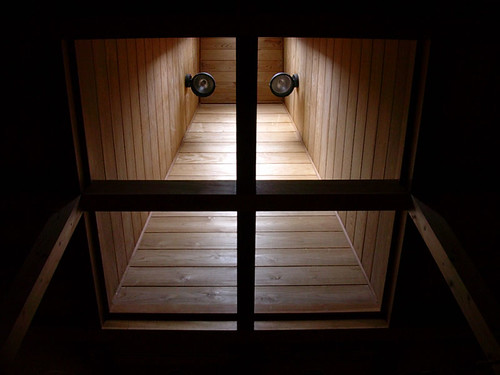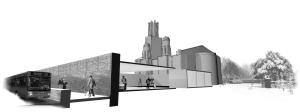I’ve been meaning to write about this for a while. During the nine months of unemployment I was always imagining what it would be like if and when I found work. The weird thing is how differently it all turned out.
This isn’t going to be a list of THINGS YOU MUST DEFINITELY DO TO GET AN ARCHITECTURE JOB. It’s just what worked for me so you’re welcome to take whatever you like from it and ignore the rest.
1. My portfolio wasn’t the most important thing.
When I first started looking for work I had a huge plan about streamlining my portfolio, making it cover all the right areas and basically convince anyone who saw it think that I was the best person in the world, ever. I’d then apply to a few practices I really wanted to work for and hopefully get a couple of interviews. I’d confidently stride into the interview room, sporting a sharp suit, shaking hands with the interviewer before unleashing the most amazing portfolio the universe has ever seen.
Unsurprisingly, I’d only updated a few pages by the time I was invited to interview. The firm literally only saw my single A4 page resume (featuring with the image below) and about 5 or six working drawings from my previous year in practice to make sure I could draft. According to the guy who interviewed me, the fact that I’d been through six years of uni was enough to convince them that I could design and everything else was based on how I acted at the interview.

Obviously I took whatever portfolio sheets I had finished, but it’s always better to apply for places straight away, rather than wait until you’ve perfected your presentation. If you’re anything like me, that could be forever! 😀
2. It’s fun to apply for other jobs with your architecture CV.
Ok, so it’s maybe not “fun” but I noticed I was getting a lot more interviews for jobs outside architecture when I used my architecture cv – about four or five more interviews per month. These jobs were anything from working in John Lewis’ menswear department to tour guiding. And it’s all good interview experience.
First of all, you always know the first question is going to be “So, you’re an architect… why the hell are you applying to menswear??” I’d just be honest with my reply that architecture jobs are hard to find at the moment and that I was looking in other areas for the next couple of years. After the first question (always my least favourite one) I relaxed and after a couple of months’ practice, interviews became a lot less stressful. I noticed how you could work out the best answers to the standard “bullshit” questions like “What does teamwork mean to you?” I’ve been informed by interviewers that these questions are more to find out how you talk, rather than your deep philosophical musings on working as a group.
When it came to having my first architecture interview it was even easier because I didn’t have to explain why I wanted the job. I found I could relax and just concentrate on answering the questions more honestly because they actually were related to the job, rather than my feelings on “teamwork”.
3. I had to find the right balance between too intense and too relaxed.
I found this quite hard. On one hand you need to actually be enthusiastic enough to look for jobs and show potential all your good qualities. On the other, if all you do all day is crawl the internet for jobs, it’s probably going to reflect somehow in your personality. During my first few interviews I was probably a bit too desperate and I didn’t feel like I was acting like my real self. This did change over time as I became more familiar with wearing a suit and talking to random people about myself for half an hour.
After a few months I got to a point where I if I did get an interview I’d dress well, briefly research the company but generally treat the interview as a chance for me to interview the employer. I found my balance in that I’d do everything I could to attend an interview and be polite as possible but basically treat it as a fact finding exercise. Obviously I’d never say this to the interviewer but it felt good to know I was in control of the situation, regardless of whether or not they were going to give me the job. Every person will probably have their own balance but once I found mine, things became a lot less stressful.
4. I tried to apply for two or three jobs per day… before breakfast.
Looking for jobs online is like a really boring game of hide and seek. But unlike hide and seek, it’s easier at different parts of the day. I went on the hunch that since jobs were being advertised all the time, I’d have less competition from other applicants during the hours of midnight and 9am. Also with hundreds of people going for the same job, the sooner I could respond, the more chance I’d have of being invited to interview. This does mean getting out of bed in the morning which is difficult at the best of times, and even more so when you have nothing in particular to do that day. I found I could sometimes bribe myself out of bed with breakfast… although some days even that didn’t help. :S However, on the days I could manage it, applying earlier really improved my chances.
A few of my friends and relatives were kind enough to forward any jobs they thought I should apply for and this really helped widen my search. This was really cool and groovy of them so it’s worth making sure people know that you’re looking for work.
Also, from over 500 general applications and around 200 architecture applications, I only heard back from about 50 companies. At first this kinda sucked but after a while I got used to not expecting a reply and then when companies did respond, it was pretty cool. In fact, when I applied to the firm I’m currently with, I almost immediately forgot about it and had a few beers. Which brings me back to my original point…
5. Getting a job didn’t happen how I thought it would.
I was invited to interview one late December morning while I was packing to go home for Christmas – I was also going up to Edinburgh for Hogmanay straight afterwards so there was quite a lot of packing to do. On top of that, I was hardly prepared for an interview due to a combination of being slightly hung over, already in holiday mode and from not having washed properly for a few days (damn you, broken shower). It was also too late to change my train tickets so I was faced with the choice of either catching my train and passing up my first architecture interview, or risk missing my train (that had already cost £70) but with the possibility of getting a job.
I decided to risk it and go to the interview. There was about enough time to stuff some clothes in my rucksack before rushing out the door. Since I didn’t have space in my bag to bring a suit back with me, I ended up wearing what I was going to travel home in – a bedraggled jeans/sweater combo – but by this time I was hardly in the mood to care.
When I arrived for the interview I dumped my rucksack outside the meeting room door and walked in with only a couple of portfolio sheets. The interview seemed to go pretty well and they didn’t seem to mind my less-than-dapper attire. Not even the hiking boots. The interviewer really just wanted to find out who I was and tell me more about the role. After about fifteen minutes I was taken on a tour of the office and was introduced to the other members of staff. It was probably one of the least stressful interviews I’ve ever had.
As I was leaving, they gave me a list of later trains (as I’d almost definitely missed my original one) and asked me to email them some of my previous working drawings over the next few days. After that, they’d make their decision.
The following day I visited my previous practice and emailed off a few sample drawings. Half an hour later they called to offer me the job – the whole process from first contact to being offered the position lasted a little over 24 hours. It took quite a while to sink in but it did make for a rather awesome Christmas present. 🙂 It was only over the next few days that I realised how it was probably the worst I’ve ever looked (and smelled) in an interview, how underprepared I was and how I’d risked £160 on train tickets (that’s still a LOT of money to me) on the slight possibility of getting a job.
None of this happened the way I’d imagined. The mistakes I’d made (or had just worried about) didn’t seem to matter, while the risks paid off.
Like I said at the beginning of this post, this is just what I’ll try and do if I ever find myself in the job market again. Other people’s responsibilities may be completely different to mine (for instance, if you have a family to provide for) but from my postion, I found the best strategy was to apply as soon as possible and work on your portfolio later. Secondly, apply for jobs when you’ll have the least competition (like just before Christmas… or before breakfast). Finally, try to relax. Being unemployed screws with your self esteem but remember that it is a temporary situation – and it’ll make your eventual autobiography a much more thrilling read!
Good luck. 🙂
